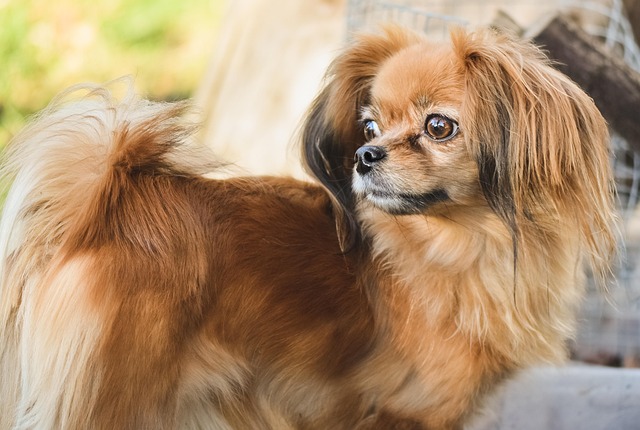
How do i train my dog to be obedient?
Watching your dog dart across the park ignoring your calls isn’t just frustrating—it can put them at risk near busy streets or public spaces.
How to train an aggressive dog to not be aggressive? If you’ve ever frozen when your pup barks fiercely at the mailman or lunges at another dog during a neighborhood walk, you’re not alone. Aggression—whether it’s growling over a toy or snapping at a stranger—feels scary, but with the right approach, it’s manageable, even for new dog owners.
Let’s start with the “why” behind the behavior. Most canine aggression stems from fear, not malice. A dog might lash out because a loud noise startled them, or they feel threatened by a sudden movement. Think of it like a human jumping when surprised—their reaction is instinctive, not intentional. This is key: training works by replacing that instinctive fear with calm confidence, using methods that build trust, not fear.
So, what does that look like in practice? First, identify the triggers. Does your dog tense up around children, other dogs, or certain sounds? Once you know, create “safe exposures.” For example, if they react to other dogs, start by having a friend with a calm dog stand 20 feet away. When your pup stays relaxed—no barking, no raised hackles—reward them immediately with their favorite treat (think: tiny pieces of chicken or cheese). Repeat daily, gradually moving the other dog closer. Consistency is king here; 5-10 minute sessions daily work better than hour-long marathons. Over time, your dog learns, “That other dog means good things, not danger.”

Now, let’s talk about what not to do—and what’s expected in places like the US. Physical punishment? Big no. Yelling, hitting, or using shock collars doesn’t fix aggression; it makes it worse by teaching your dog to fear you, too. In fact, many states and cities have guidelines against harsh training methods, aligning with animal welfare laws. Instead, stick to positive reinforcement—prais e, treats, or play—when they behave well.
Legally, stay on top of vaccinations: Rabies shots are mandatory in all 50 states, and proof might be required if your dog interacts with others. When out and about, always carry poop bags—fines for leaving messes can hit $200 in cities like Chicago. If you live in an apartment, keep noise in check. Train your dog to stop barking on command (try saying “quiet” and rewarding silence) to avoid upsetting neighbors. And during walks, keep them leashed (most public spaces require it) and give other people/pets space—no one likes a surprise lunge, even if it’s “just playing.”
Remember, progress takes time. A rescue pup I worked with in Denver—terrified of men in hats—took three months to greet a hat-wearing neighbor calmly. But with daily 10-minute sessions and lots of peanut butter treats, he got there. Your dog can too.

Watching your dog dart across the park ignoring your calls isn’t just frustrating—it can put them at risk near busy streets or public spaces.

New puppy owners often find themselves rushing to clean up accidents before they set in, and that’s where puppy pad training becomes a game-changer.

If you've noticed your dog's waistline disappearing and your veterinarian has mentioned those few extra pounds, your first instinct might be to simply reduce the amount of food in their bowl.

Training a dog to use a designated spot indoors isn’t as daunting as many new owners fear, but it does take consistency and an understanding of your pet’s needs.

That moment of dread on a walk is all too familiar for many new dog owners. You see another dog approaching down the sidewalk of your neighborhood

If the sight of another dog on your neighborhood walk makes your heart sink as your own dog erupts into a frenzy of barking and lunging, you're not alone.